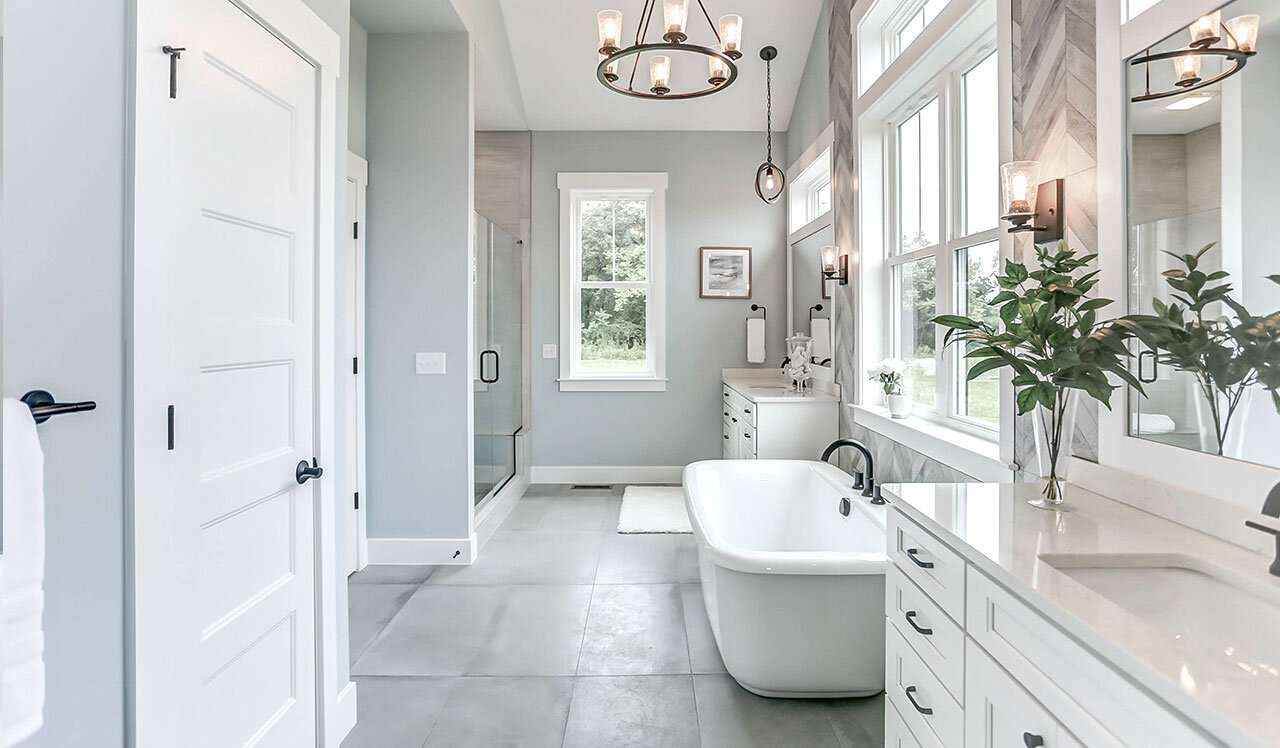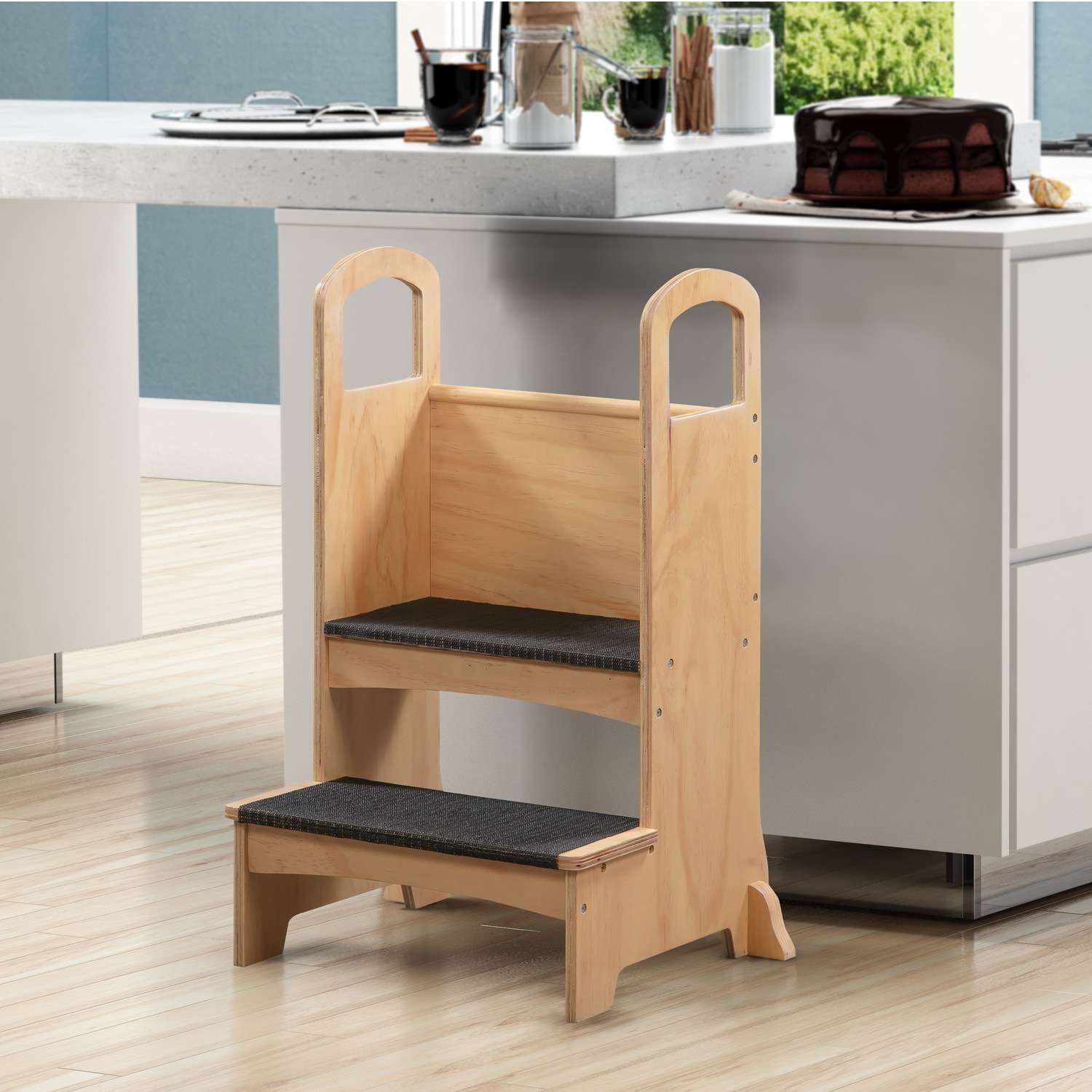Facing the daunting task of draining your water heater? It’s a common maintenance chore‚ but what happens if your water heater lacks a readily accessible drain valve? Don’t worry; you’re not alone. Many older models or certain installations might omit this convenient feature. This comprehensive guide will walk you through the process‚ offering safe and effective methods to drain your water heater even without that seemingly essential valve. We’ll explore various techniques‚ highlighting important safety precautions to ensure a smooth and trouble-free experience.
Understanding the Importance of Draining Your Water Heater
Regularly draining your water heater is crucial for several reasons. Sediment buildup at the bottom of the tank can reduce efficiency‚ leading to higher energy bills and a shorter lifespan for your appliance. This sediment acts as insulation‚ preventing efficient heat transfer. Furthermore‚ a buildup of minerals can corrode the tank’s interior‚ potentially leading to leaks and premature failure. Draining the tank helps remove these harmful deposits‚ extending the life of your water heater and improving its performance. This preventative maintenance is significantly more cost-effective than replacing a damaged unit.
Assessing Your Water Heater and Gathering Supplies
Before you begin‚ it’s essential to identify your water heater’s type and location. Knowing whether you have a gas or electric water heater will influence certain steps. Take note of the water heater’s size and its proximity to plumbing fixtures. This will help you plan the draining process effectively. Next‚ gather the necessary supplies. You’ll need a sturdy bucket or container with a capacity significantly larger than the expected water volume‚ garden hose (long enough to reach a suitable drain point)‚ adjustable wrench (potentially)‚ pliers‚ towels‚ and safety glasses. It’s also wise to have a second bucket or container on hand just in case of spills.
Identifying Potential Challenges
Draining a water heater without a drain valve introduces unique challenges. You’ll need to find an alternative way to access the water inside the tank. This might involve disconnecting a pipe‚ which requires extra care and attention to avoid leaks. Remember that hot water is under pressure‚ so safety is paramount throughout this process. Always disconnect the power or gas supply before you begin working on the appliance. Failure to do so could lead to serious injury or equipment damage. If you’re uncomfortable working with plumbing‚ it’s always best to consult a qualified professional.
Method 1: Draining Through the Cold Water Inlet Pipe
This method involves disconnecting the cold water inlet pipe to allow water to drain from the tank. First‚ turn off the power supply to your water heater (gas or electric). Then‚ carefully turn off the water supply valve that feeds cold water into the tank. Locate the cold water inlet pipe usually found near the top of the tank. Use an adjustable wrench to carefully loosen and remove the pipe connection. Be prepared for a sudden gush of water. Direct the flow into your bucket using the garden hose‚ ensuring a steady and controlled drain. Allow the water to drain completely‚ taking breaks as needed. This process can take a considerable amount of time‚ depending on the size of your tank. Once the water flow stops‚ you can reconnect the cold water inlet pipe.
Safety Precautions for Method 1
- Always turn off the main water supply before disconnecting any pipes.
- Use caution when handling hot water and pipes; they can be dangerously hot.
- Wear safety glasses to protect your eyes from splashes.
- Place the bucket on a stable and level surface to prevent tipping.
- Have extra towels readily available to clean up any spills.
Method 2: Draining Through the Dip Tube (if accessible)
Some water heaters have a dip tube that extends down into the tank. This tube directs cold water to the bottom‚ allowing for more efficient heating. If you can access the dip tube‚ this can be another route to drain the tank. However‚ accessing the dip tube typically requires more advanced plumbing skills. This often involves partially disassembling components within the water heater. Before attempting this method‚ carefully examine your water heater’s structure to ensure you can safely access the dip tube without causing damage. If you’re unsure about this method‚ it’s best to seek professional assistance. Improper handling of the dip tube can lead to leaks or damage to your water heater.
Alternative Methods and Professional Assistance
In some rare cases‚ neither of the above methods might be feasible. The configuration of your water heater or the surrounding plumbing might present unique obstacles. If you encounter such difficulties‚ it’s advisable to contact a qualified plumber. They possess the expertise and tools to safely drain your water heater‚ regardless of its design or installation. Remember‚ attempting complex plumbing repairs without proper knowledge can lead to costly mistakes and potential safety hazards. A professional can handle the job efficiently and ensure that everything is done correctly.
Refilling and Testing Your Water Heater
Once the water is completely drained‚ carefully reconnect any pipes you disconnected. Ensure that all connections are tight and secure to prevent leaks. Slowly turn the cold water supply back on. Check all connections for any signs of leaks. If you find any leaks‚ immediately shut off the water supply and address the problem before proceeding. Once you’ve confirmed that there are no leaks‚ you can turn on the power or gas supply to your water heater. Let the water heater fill completely and then turn it on. Allow the water to heat up to its normal temperature‚ and check for any further leaks or unusual noises. If everything functions correctly‚ you’ve successfully drained your water heater without a drain valve.
Maintaining Your Water Heater: Preventative Measures
Regularly draining your water heater is a key element of preventative maintenance. However‚ you can also take other steps to prolong its lifespan. Regularly inspect the water heater for any signs of leaks or corrosion. If you notice anything unusual‚ it’s best to address it promptly. Consider installing a water softener to reduce mineral buildup inside the tank. A water softener can significantly reduce the frequency with which you need to drain your water heater. Always consult the manufacturer’s instructions for recommended maintenance procedures for your specific water heater model. Following these guidelines helps ensure your water heater operates safely and efficiently for years to come.
- Schedule annual inspections for optimal performance.
- Flush the tank every six months to minimize sediment buildup.
- Monitor water temperature and adjust as needed for energy efficiency.
- Insulate pipes and the water heater tank to reduce heat loss.
- Address any leaks or unusual noises promptly to avoid further damage.
Draining your water heater‚ even without a dedicated drain valve‚ is a manageable task. By following the steps outlined above and prioritizing safety‚ you can effectively remove sediment and extend the life of your appliance. Remember‚ if you are unsure about any step of this process‚ seeking professional help is always the best course of action. Proper maintenance will save you money in the long run and help ensure your hot water supply remains reliable. Prioritizing safety throughout the entire process is critical to prevent accidents and potential damage. Regular maintenance is a small price to pay for a long-lasting and efficient water heater.

